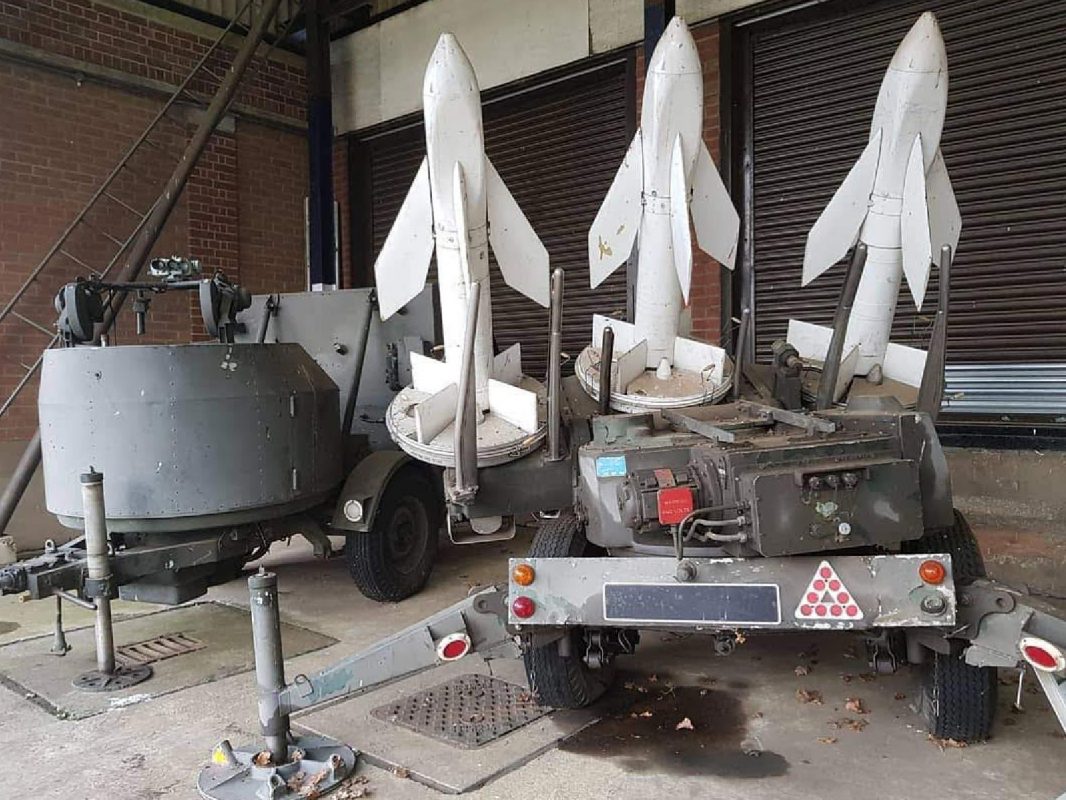The Shorts Tigercat is the land-use variant of the popular and widely used Shorts Seacat anti-aircraft missile, developed and manufactured by Short Brothers, Harland and Marconi.
The Tigercat Short Range Anti-Aircraft Missile was a private development of the Seacat and was tested officially and brought into service by the RAF Regiment on 16th November 1967 with 48 Squadron being re-equipped with 12 launcher units. 48 Squadron retained the Shorts Tigercat missile until 1978 when the RAF Regiment adopted the Rapier missile.


